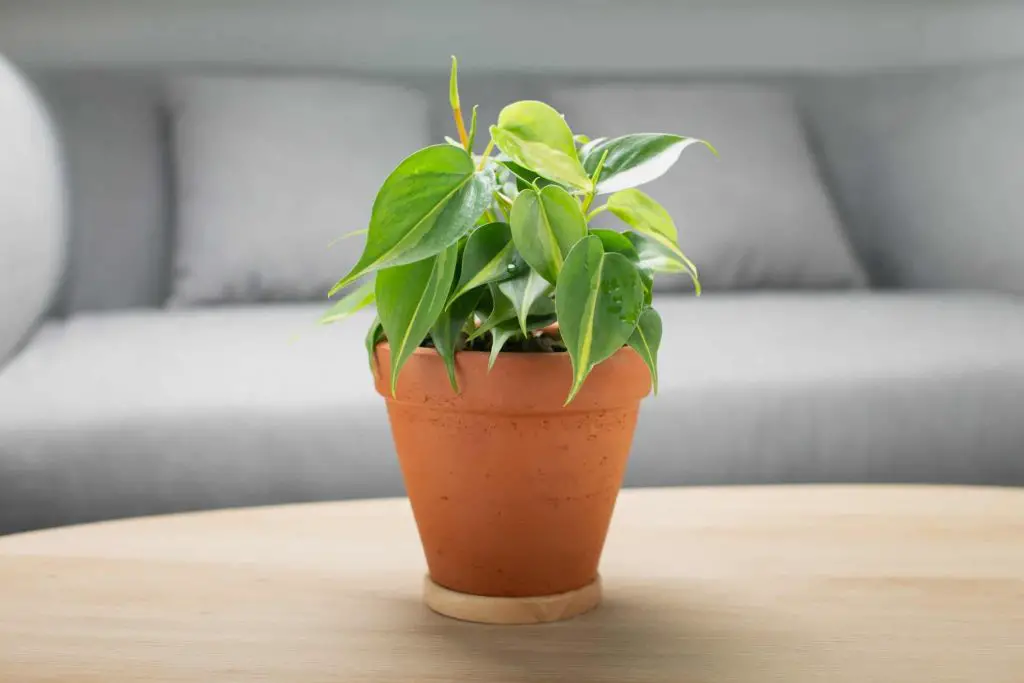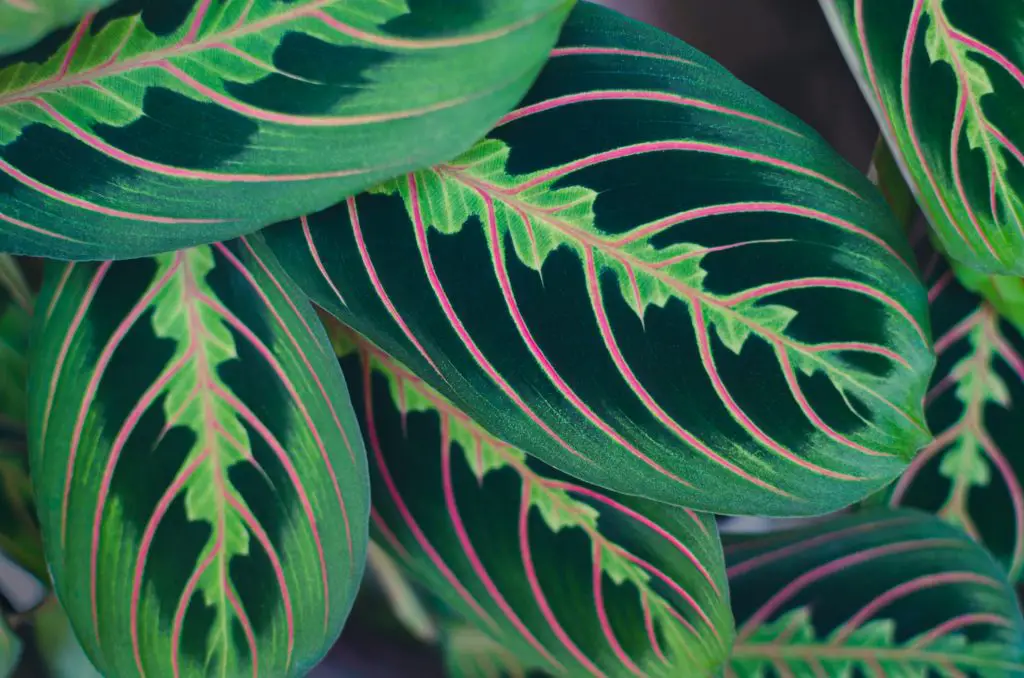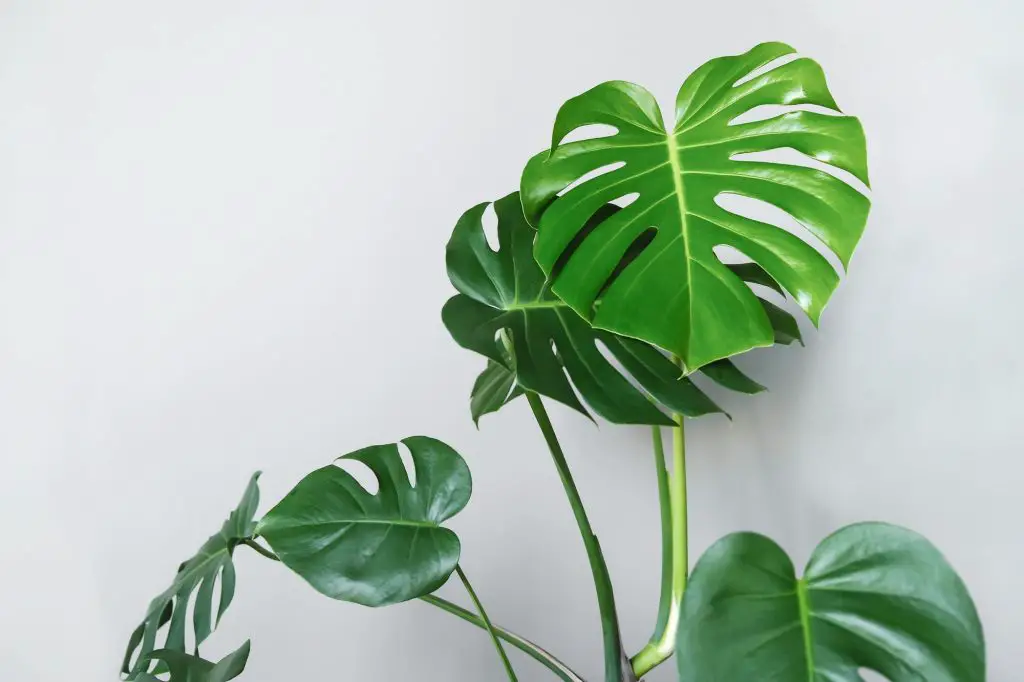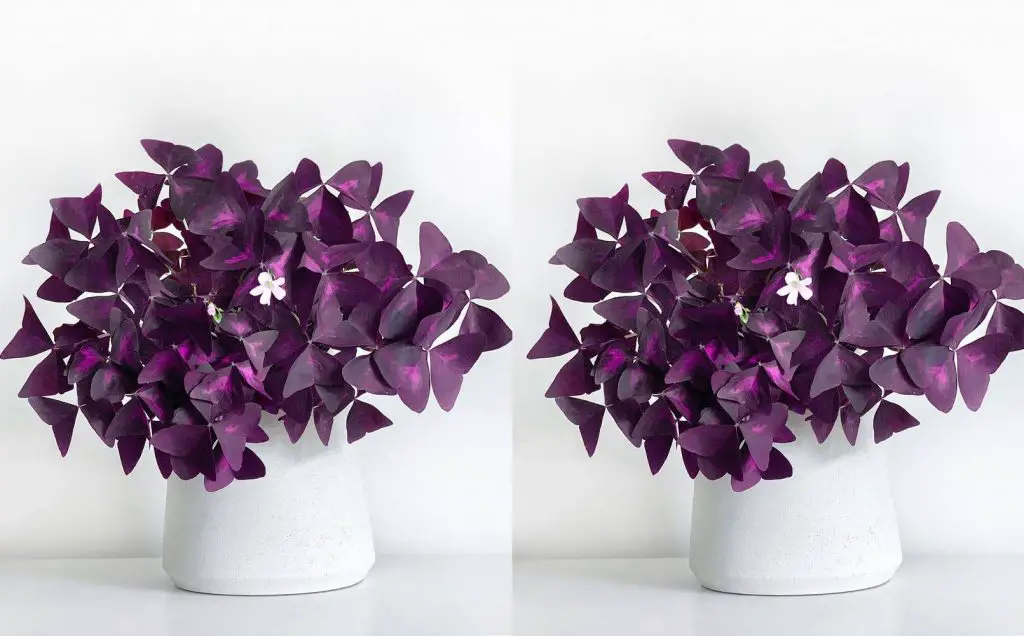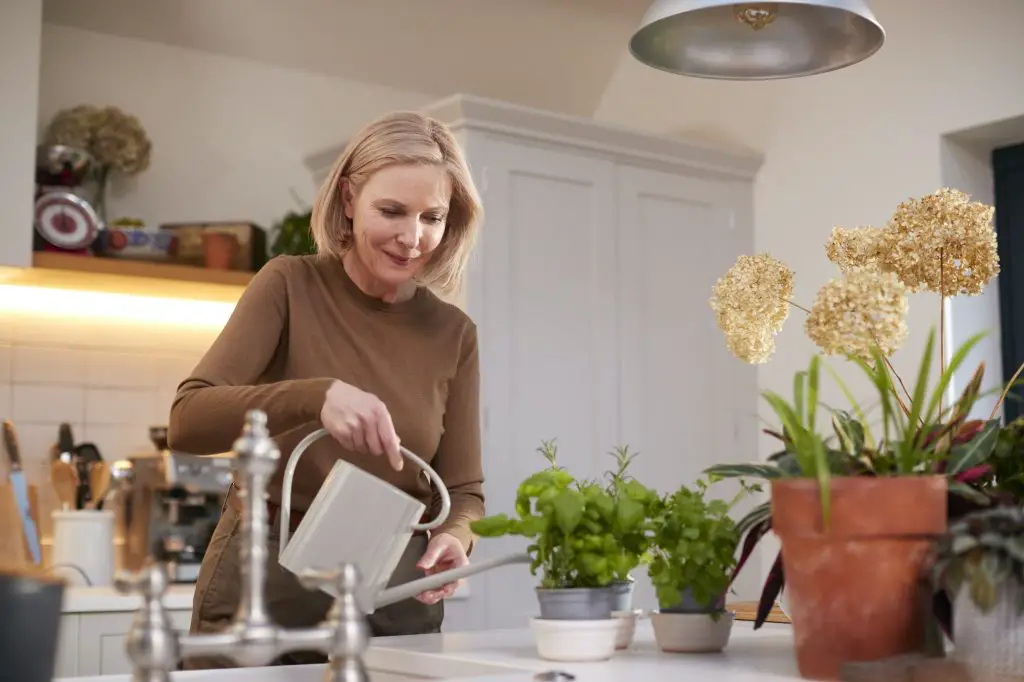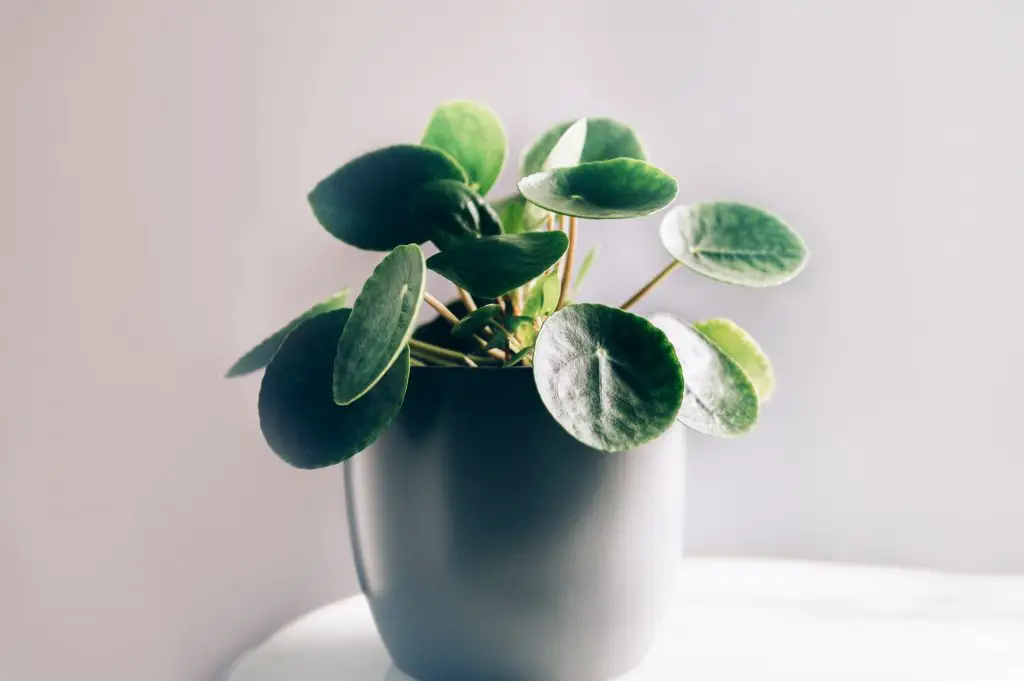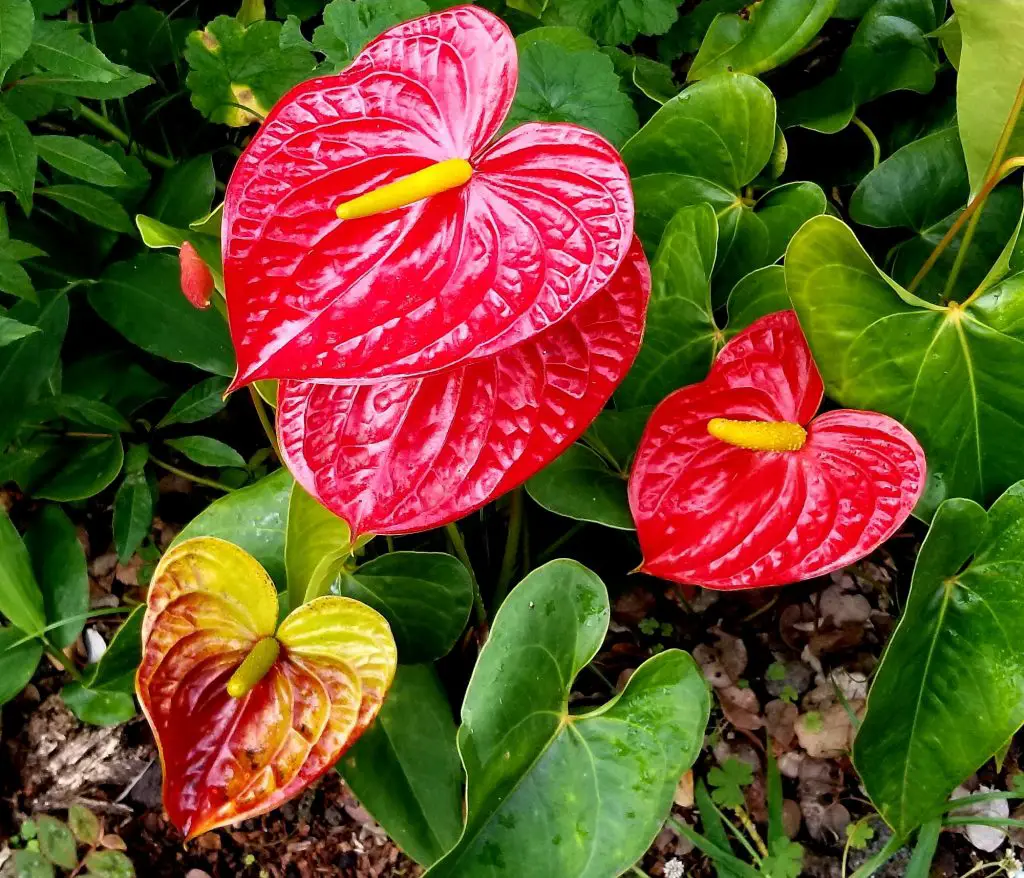Indoor plants are a thing for everyone. The immense benefits of having one or more to tend to every day cannot be over-emphasized. Apart from growing herbs indoors, they’re also an option, a better one at that especially for when the weather outside isn’t that favorite for planting edibles.
If you are a fan of growing indoor plants, then you must be curious to know which plants are suitable for you. In this article, we will be introducing you to one of our favorite indoor plants, the Philodendron plant.
Philodendron plants are very similar to Pothos, also known as Devil’s Ivy and often confused, they’re the perfect plants you need for your home.
Discover a host of other plants and their care guides too:
- Hawaiian Ti Plants: The Complete Growth And Care Guide (2021)
- Croton Plant: The Complete Growth And Care Guide (2021)
- Christmas Cactus Plant: The Complete Growth And Care Guide (2021)
- Phalaenopsis Orchid Plant: The Complete Growth And Care Guide
- Peace Lily: The Complete Growth And Care Guide (2021)
- Wandering Jew (Inch Plant): The Complete Growth And Care Guide
Table of Contents
Philodendron Plant Background
| Botanical Name | Philodendron |
| Common name | Philodendron |
| Plant type | Perennial |
| Soil type | Loamy, well-drained |
| Soil pH | Acidic |
| Native area | Central America, South America |
| Sun exposure | Partial |
| Toxicity | Toxic to pets and humans |
The philodendron plants can be classified as tropical plants from the family Araceae. It will interest you to know that philodendron is a genus of about 480 species of beautiful flowering plants, and most of them can be grown as houseplants.
Most indoor varieties of philodendron can be grown in hanging baskets because they are climbing vines, however, others grow upright. Either way, the philodendron plant fits whatever your interior décor is.
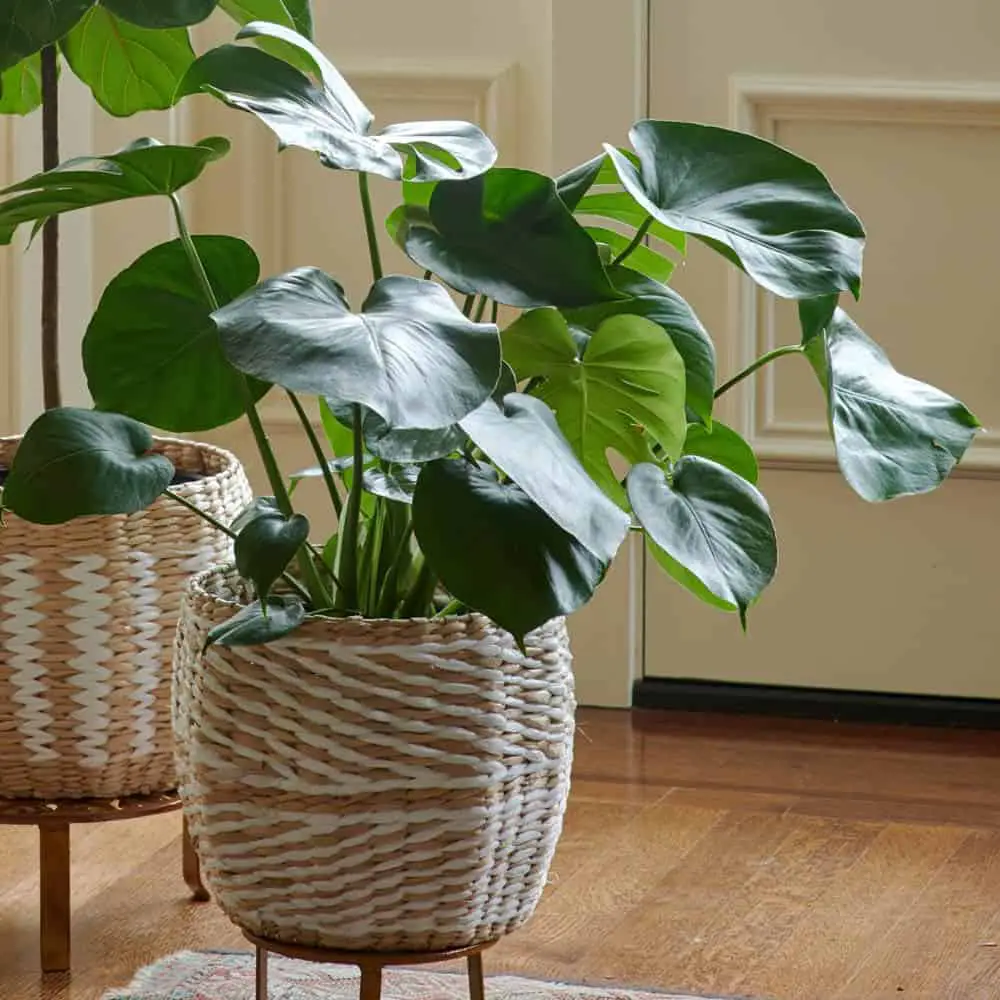
As stated earlier, there are so many types of philodendron plants and they are known and grown all over the world. There’s the Heartleaf Philodendron, lemon-lime, Imperial green, Prince of orange, Basil, Burle Mark, Xanadu, Brandtianum, pink princess, white knight. Etc. Regardless of which variety you intend to grow, the good thing about the philodendron species is that they all have the same care routine.
This indicates that if you know how to care for one species, you can use the same care guide for others. The philodendron is native to Central America and South America and the best way to grow plants indoors is to model its natural habitat. Moving forward, we will be explaining the best care routine for your philodendron.
Philodendron Plant Requirements
Want to keep the Philodendron plant in your home? Let’s start with these simple requirements to make sure your plant is happy in your home.
1. Light
The best lighting condition for your philodendron is partial shade. In its natural tropical environment, philodendron is often seen under tropical canopies, and never in direct sun. Growing them indoors, best to place them by a window where bright, indirect light is accessible to them.
Because of the light condition, you might be tempted to place them in low light. However, low light can hinder healthy growth; it can result in small leaves and leggy vines. Exposing them to too much light can burn them and cause their leaves to turn yellow.
2. Water
The philodendron plant enjoys being moderately watered. Overwatering and under-watering can both cause the leaves to droop or more harm to the plant. You should have a watering schedule that fits the need of your plant. Watering should also be according to the soil dryness and not the leaves.
You can always water when you notice the topsoil is dry. Also, some varieties of the philodendron are drought tolerant than others.
3. Humidity
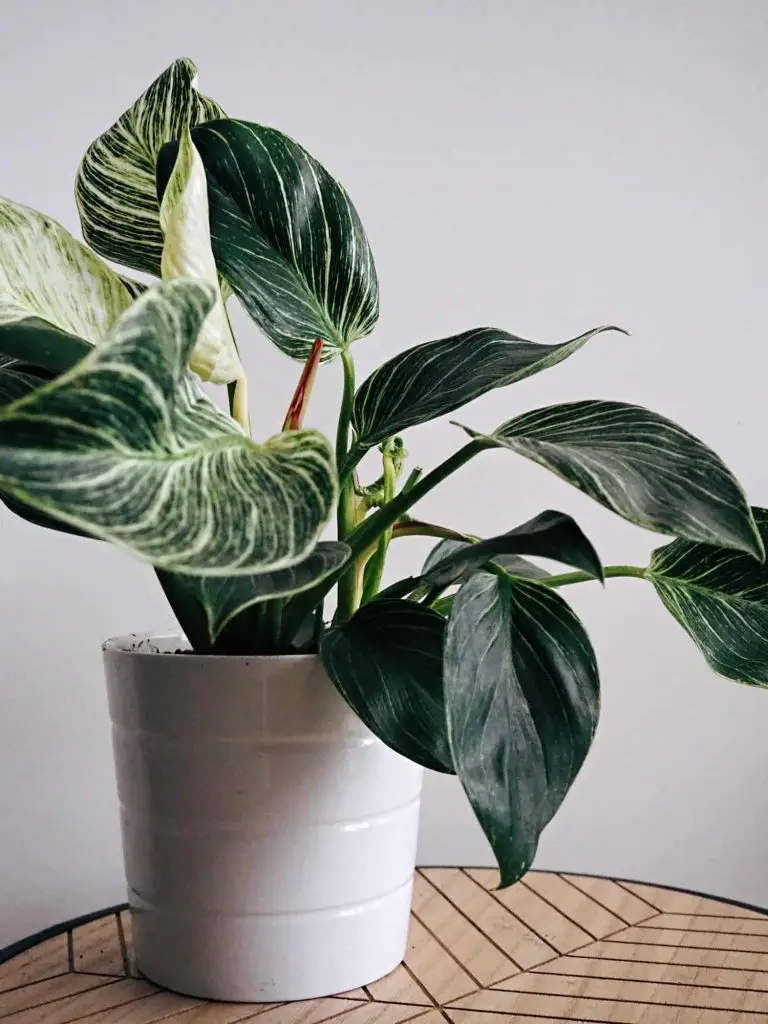
Similar to most tropical plants, the philodendron enjoys and thrives best with high humidity, however, it can also do well in average room humidity. Additional humidity can be provided for your plant by misting the plant often or purchasing a humidifier.
4. Temperature
The ideal temperature for a philodendron plant is dependent on the species you are growing. However, the regular indoor temperature can be just fine for them. Do well to not expose them to a temperature below 55 degrees F. exposing them to cold, can also impede their growth.
5. Soil
Philodendron grows best in potting mix that is lightweight and rich in organic matters. Your soil must drain properly and this can be encouraged by the type of pot you use. It is ideal to change your soil after few years, because of the accumulation of salt that is gotten via watering.
You can also flush out these salts occasionally. Regardless of how much you flush these salts out, changing your soil is best for your plant’s growth.
6. Fertilizer
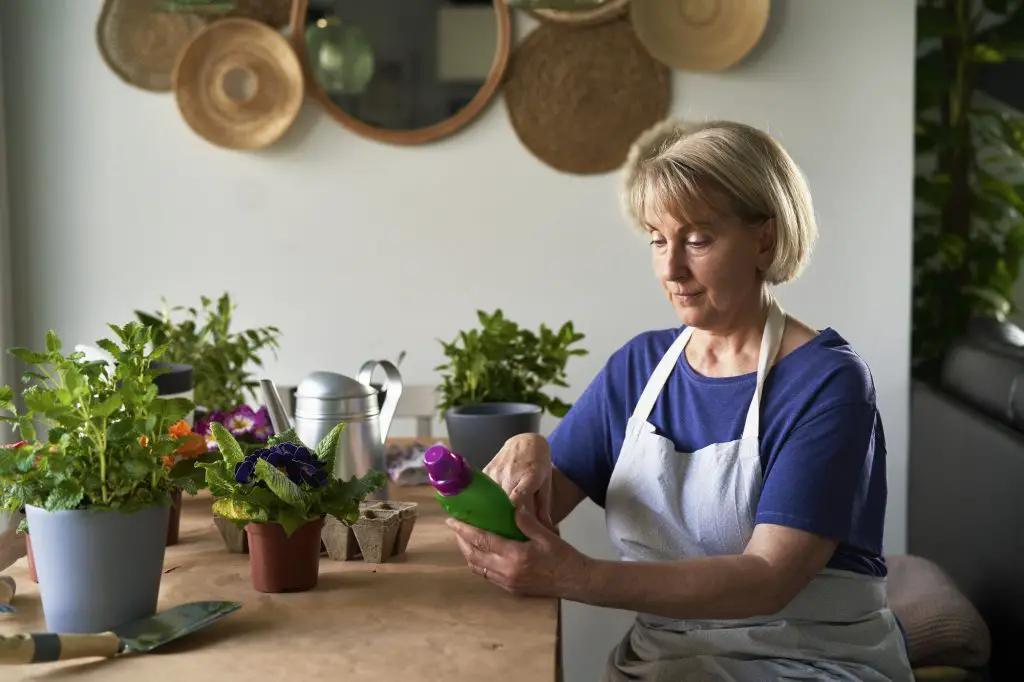
Your plant’s feeding pattern should differ per season i.e. you should feed them monthly during the spring and summer; however, the feeding routine should be reduced to once in 2 months during winter and fall. The right amount of fertilizer will help your plant grow normally. Liquid fertilizer is best for your plant.
7. Location
In your pre-planting preparation for philodendron, you should remember that the plant can grow to a height of 3 meters when given the right care. Hence, there should be ample space, enough for climbing and creeping.
Philodendron Propagation Made Easy
Propagating philodendron is not a hard task. They can be propagated via stem cutting. Follow the steps below to propagate your philodendron.
- Make a stem cutting of about 3 to 6 inches, remove the bottom leaf and place it in a container full of water or moist soil, for the development of its roots.
- Place the container of either water or soil under bright, indirect light. Preferably close to a widow. Ensure the soil stays moist and the water stays full.
- in two weeks, your plant’s roots will be noticeable. If you are growing it in water, then you can see it, however, if it’s in the soil, you might want to wait for some more days for the root to get stronger.
- Afterward, move the stem to its permanent pot. Keep it under indirect light, well-watered, and an ideal location that will enhance its steady growth.
Philodendron Plant: How To Care For Your Philodendron Plant
Consider these simple care tips if you want your Philodendron plant to thrive in your home
- It is normal that your philodendron plant grows and becomes very high or long. you can cut it back if you find it too long or high. It is best to do this from spring to late summer.
- The philodendron is susceptible to common indoor pests i.e. spider mites, mealy bugs, insects, thrips. Some of these pests can be controlled by using mild soap and water to clean the leaves, or by remedies provided by a specialist.
- There are no known diseases that can affect the plant, you can be assured.
- Philodendron is toxic to both humans and pets, they should be placed far from their reach.
- If your philodendron variety has colorful foliage, then they might need to be provided a little more light to Maintain their vibrancy.
- The symptoms of poisoning from philodendron include drooling, diarrhea, loss of appetite, vomiting, blistering of the mouth, etc. you should consult your doctor when you have any of these symptoms after your contact with a philodendron.
Philodendron Plant FAQ
Can Philodendron Grow Without Sunlight?
No, philodendron will not grow to its full potential if grown without sunlight. The plant grows best in partial shade, low light can cause it to be leggy.
How Often Should You Water A Philodendron?
It is best to water your plant when the topsoil is dry. Bear in mind that the philodendrons do not enjoy over-watering and under-watering. For consistent timing and amount, you should create a watering schedule.
Why Is My Philodendron Losing Leaves?
A lot of factors can contribute to your plant’s loss of leaves; some of them are inconsistent watering, pests, insufficient light, and temperature stress. Temperature stress will cause your plant to lose water, wilt, and then lose its leaves. to identify the problem, observe your care routine.
What Benefits Do Philodendrons Have?
The philodendron plants are grown for many reasons and benefits. The first and most obvious reason is that they are easy to grow. They also make good interior decorations. They are also known to purify the air in their environment.
How Do You Keep A Philodendron Alive?
Your philodendron will stay alive if given the right care routine. Indirect light, adequate moderate watering, right fertilizer. Etc.
How Do I Bring My Philodendron Back To Life?
Make sure your soil stays moist but not wet, in no time; it should come back to life. If this doesn’t work, cut back the plant to about 3 to 5 inches stump. It will grow back as a new plant.
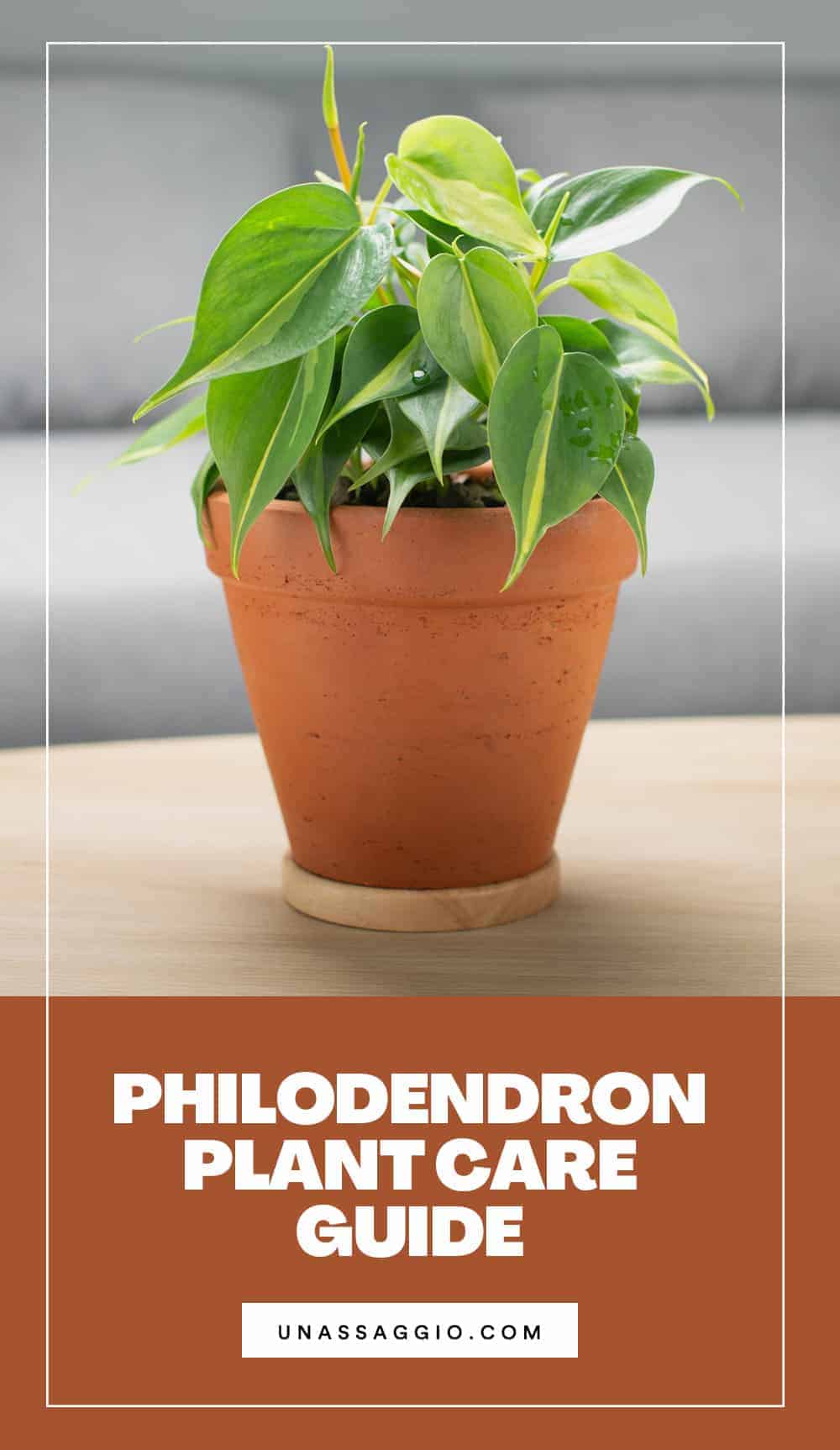
Final Thoughts
The philodendron plant is perfect for both indoor and outdoor gardening. Apart from being a complementary decoration to your interior decoration, the plant is also known to belong to the few plants that are known to correct the air in a room. It gets rid of harmful pollutants in the air and provides a fresh one.
The plant can do this because of its big leaves, which absorb moisture and releases clean oxygen.
Resources for indoor plant care:

